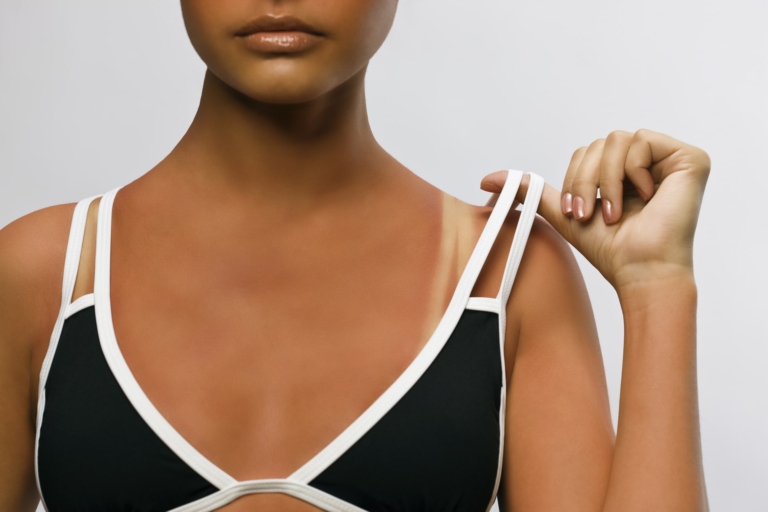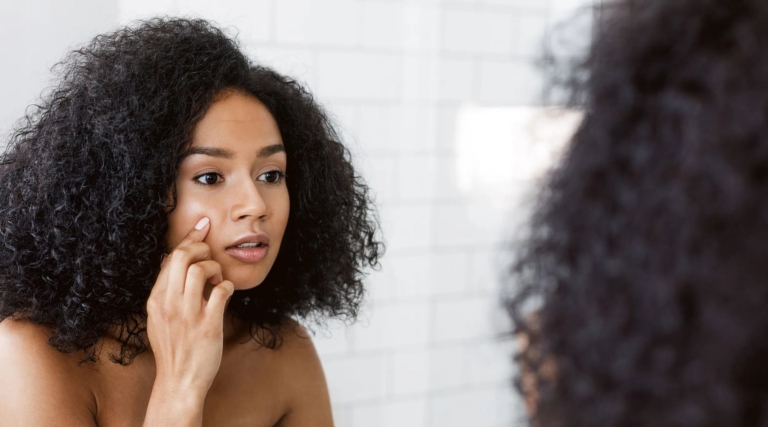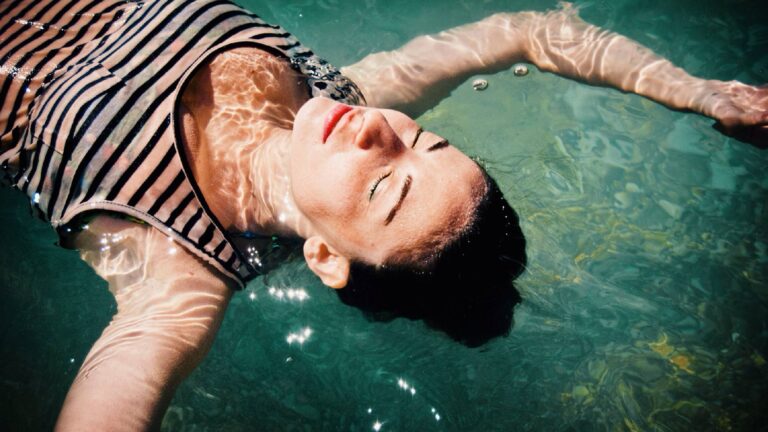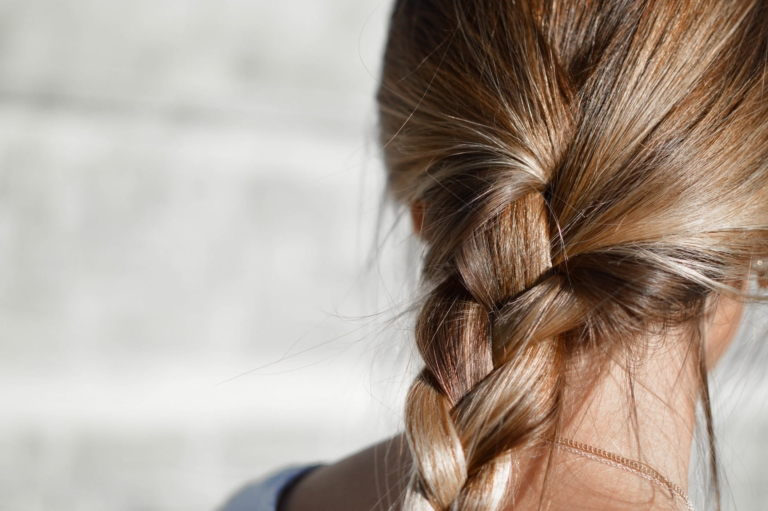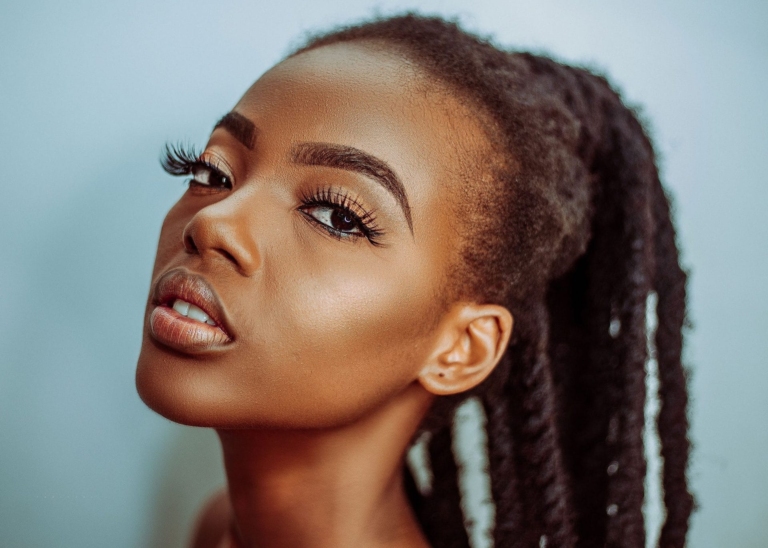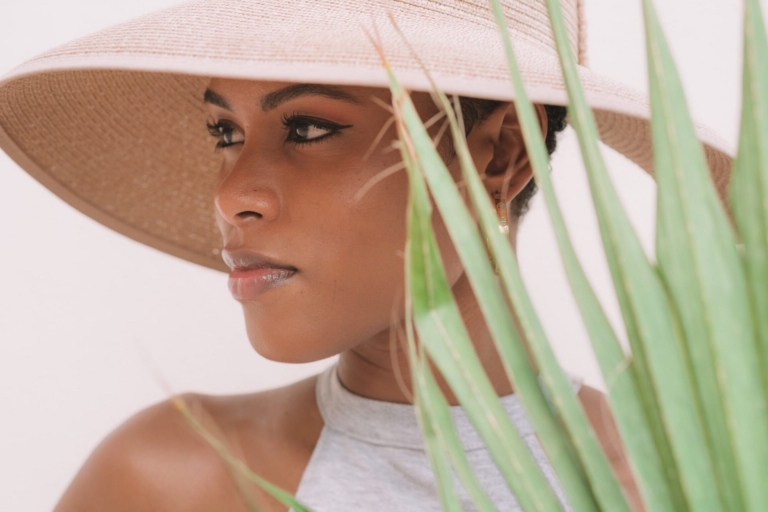Shea butter and its effect on hair
More and more shea butter-based cosmetics are appearing on the market.
This substance is often used for hair care.
It’s hardly surprising that it has multiple effects and a whole range of beneficial properties.
Strong, deeply moisturizing, effective for firming and anti-wrinkle, fantastic regenerating and healing properties.
The list goes on: shea butter is rich in vitamins, notably A and E, and in beneficial elements that nourish the skin.
What’s more, it has the ability to delay the skin’s progressive aging process, making it an excellent base for anti-wrinkle creams.
Did you know that shea butter contains a gentle SPF 5 sunscreen?
That’s why many lip balms and butters are formulated with this excellent ingredient.
It not only nourishes and softens, but also provides complete protection for your lips against the damaging effects of external factors.
Cellulite and stretch marks are a nightmare for many women.
We do everything we can to get rid of them, but it’s not always that easy.
The skin affected by these types of scars needs solid hydration and firming.
As shea butter is oily, it makes tissues very supple and provides them with the nutrients they need to regenerate as quickly as possible.
Shea butter is also frequently added to body scrubs.
Thanks to its naturally hard texture, particles such as sugar particles don’t dissolve and retain their exfoliating properties.
And skin feels incredibly soft and smooth after such a treatment.
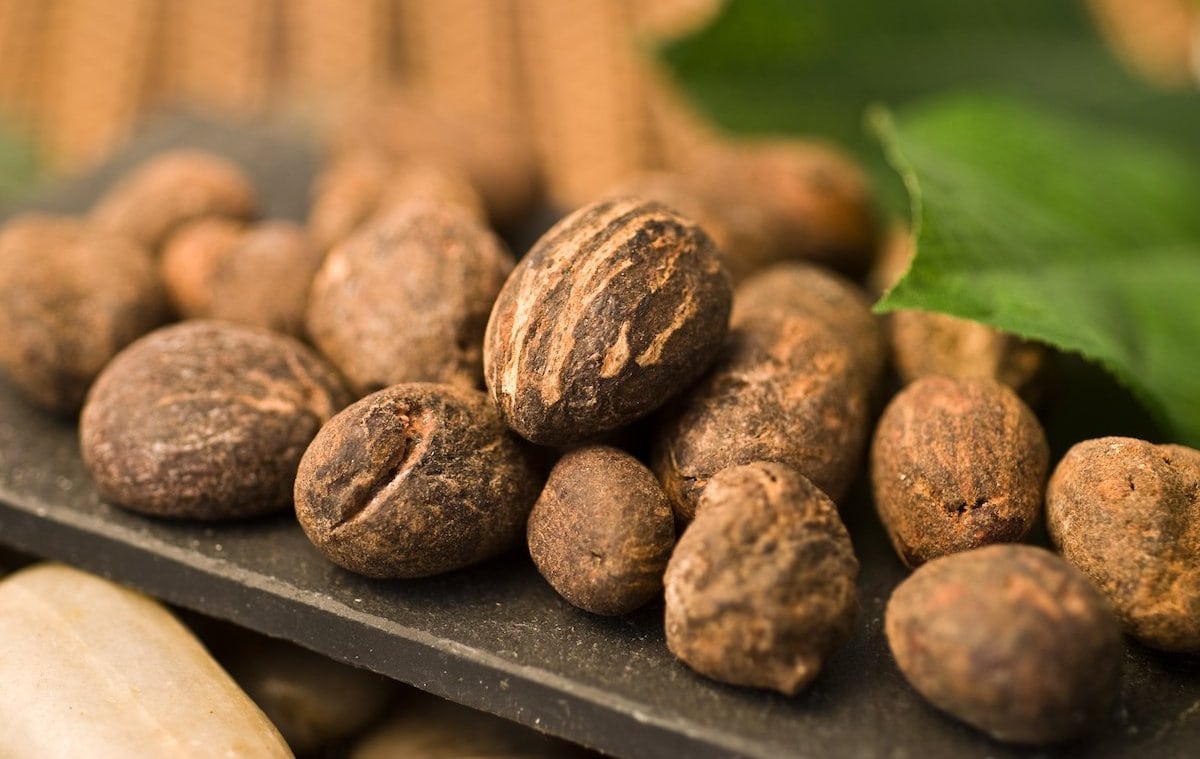
Complete hair care
Shea butter, or rather shea butter-based cosmetics, are mainly recommended for dry, damaged hair in need of solid regeneration.
It reconstitutes defects within the roots and strengthens the bulbs at the same time.
So it’s not surprising to find this substance in many shampoos, conditioners, masks and hair oils.
It has a great smoothing effect and also strengthens curls and waves.
Did you know that this is just the beginning of the list of shea butter’s fantastic properties?
It’s time to discover for yourself (and your hair, of course!) just how much regular use of shea butter-based products can do for you.
The next time you shop for cosmetics, don’t hesitate to opt for products based on this nourishing ingredient.
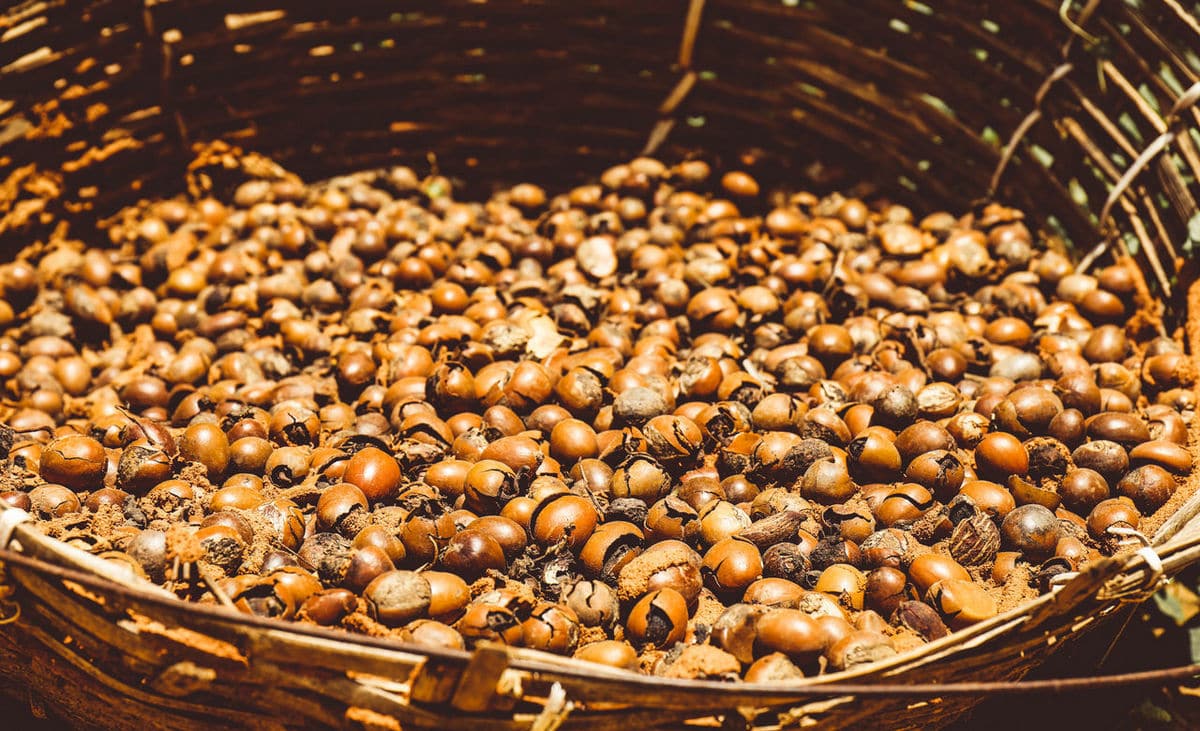
What are the properties of shea butter?
Shea butter is a natural cosmetic.
It is used to care for dry, sensitive skin and dry, damaged hair.
Shea butter is one of the ingredients with the widest range of cosmetic applications.
Shea butter-based products are the solution for dry hair, rough skin and cracked lips.
Refined and unrefined shea butter is used in its pure form and as a supporting ingredient.
Learn about the properties and uses of shea butter and find out where you can buy shea butter.
- Also read: lice on artificial eyelash extensions
Shea butter (galam butter) is an oil produced by processing the nuts of the butternut plant.
Butternut is a tree that grows in the savannahs of West and Central Africa.
It belongs to the fir family and reaches maturity late.
The first fruits for shea butter are only harvested after 30-40 years, and the butternut itself lives to be 300 years old.
During this period, the tree reaches a height of 15-25 m.
The shea fruit: Bunches of ovoid fruit
The shea fruit resembles a large berry.
Inside are hard, reddish-brown seeds with a high fat content of up to half their composition.
Around 1 kg of shea butter is produced from 15 kg of seeds.
Fruits are harvested from July to December.
Products not enriched with colorants or flavorings vary in color and fragrance according to the season in which they were harvested.

Where does shea butter come from?
The shea tree occupies a special place in African culture.
It is considered sacred by indigenous populations for its longevity.
The harvest is preceded by a ritual called Begu.
First, a dish of shea fruit is eaten, then an offering is made, and only then can the fruit be harvested.
According to tradition, only women are allowed to do this work.
Shea has been known in Europe since the 18th century, when it was brought back from Africa by the Scottish traveller Mungo Park.
In the first half of the 19th century, it became popular throughout Europe, and by the 20th century, shea butter was already popular in the cosmetics industry.
It was later replaced by cocoa butter, whose cultivation is easier to regulate.
Properties of shea butter:
- Contains vitamin A and vitamin E
- Responsible for skin’s deep hydration
- Vitamin F content is responsible for muscle relaxation
- Other substances strengthen the cellular cement of the stratum corneum, improving elasticity.
- Using shea butter in cosmetics
As a primary or secondary ingredient, shea butter can be found in lipsticks, face creams (for different skin types), body lotions, massage oils and emulsions for irritations.
Its properties are also used in cosmetics for weak, dry or curly hair, for example in moisturizing shampoos, shiny conditioners and highly regenerating masks.
Washing products containing a small amount of shea butter are also available on the market.
These soaps and gels are less drying for the skin.
“One of my biggest dreams is that my company will be able to change the course of one family’s life, one child at a time by giving back to the community.”


